Hlynske village, fortified settlement (Hlynske fortified settlement). Sites complex comprising 2 fortified settlements, trading quarters (settlement) and a burial mound.
Hlynske village, fortified settlement (Hlynske fortified settlement). Sites complex comprising 2 fortified settlements, trading quarters (settlement) and a burial mound.
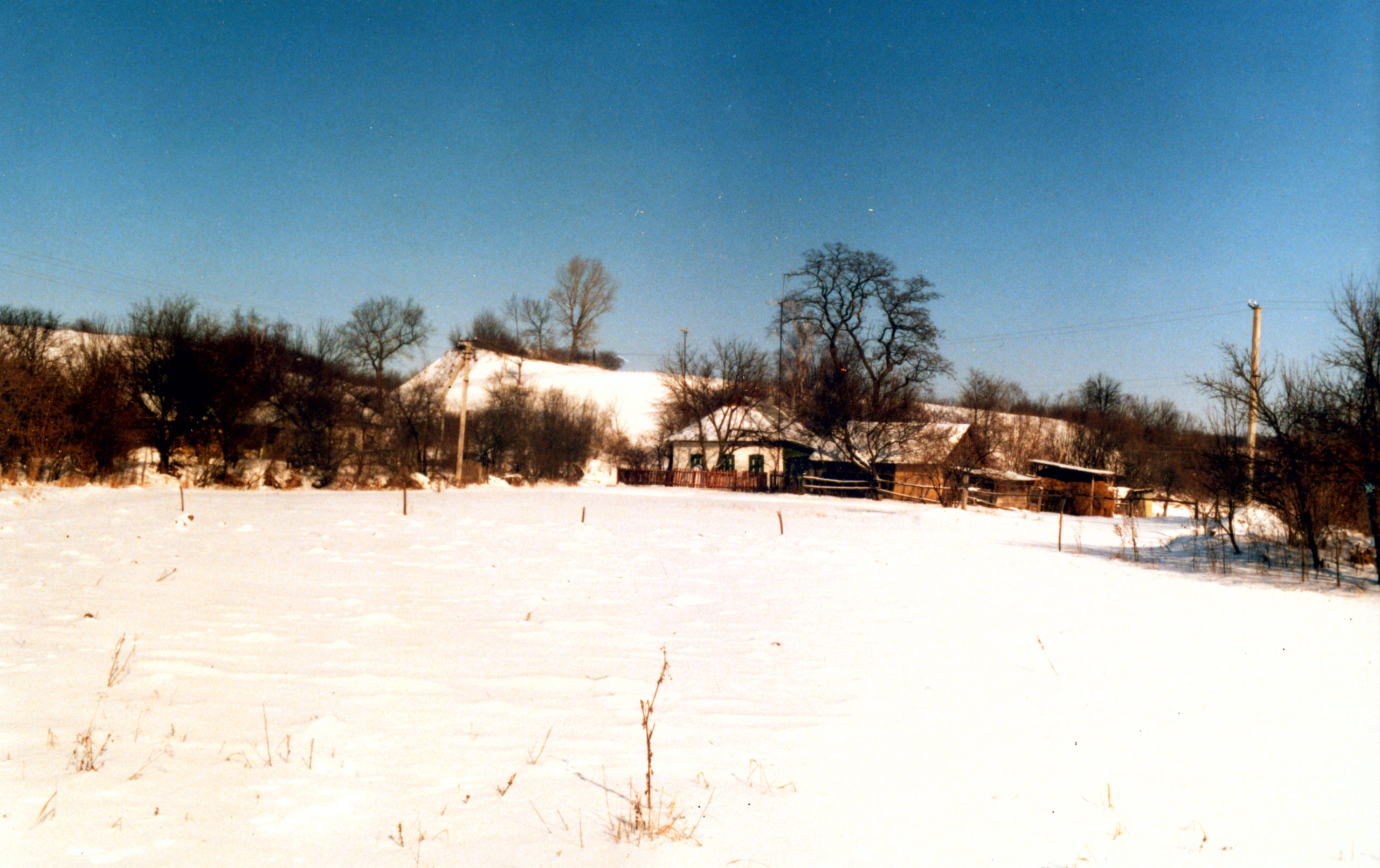
It is located on the south-eastern edge of Hlynske village, Mali Budyshcha Village Council, Zinkiv district, Poltava region, Horodyshche, Kripost (Tsvyntar), Panskyi Yarok (Male Horodyshche) and Tarasivka natural landmarks.
It has been known since the end of 19th c. It was examined by V. H. Liaskoronskyi (the beginning of 20th c.), M.D. Renskyi (the beginning of 1920s), I. I. Liapushkin (the middle of 20th c.), M. P. Kuchera and O. V. Sukhobokov (1971), I. M. Havrylenko and O. M. Tkachenko (1993).
The surveys were also conducted by an expedition of the Municipal Institution of Poltava Regional Council “The Center for Preservation and Investigation of Archaeological Sites” (headed by O. B. Suprunenko) at 2 fortified settlements, trading quarters and a burial mound (1997-1999) and by Yu. O. Puholovka in the recent years.
Hlynske archaeological complex of the Romen and Old Russian times occupies cape-like residuals of the right root bank of the Vorskla River and comprises the major and the minor fortified settlements, the remains of stockaded town – fortified township, as well the remains of the surrounding trading quarters and settlement, located at the foot of fortified settlements and the burial mound. The area of the whole complex makes up more than 16 ha.
The major fortified settlement square in Horodyshche natural landmark has a round shape on the plan and occupies an area of 0.42 ha (60х70 m); the minor fortified settlement square in Panskyi Yarok natural landmark — 0.25 ha (45х50 m) accordingly. The fortified settlements squares are surrounded by bloated breastworks (height – up to 0.8 m, width in the base – 6.0-8.5 m), on the edges of residuals. The fortified settlements are protected from the west by massive breastwork “canopies” 5-7 m high with width of 8-9 m in the base. The remains of enter gates, suspension bridge frameworks foundation, the traces of slope scarping and bloated breastworks at the residual foot have been preserved. On the squares of both fortified settlements, in their north-eastern parts, there are bloated hollows of the wells, 8-12m in diameter and up to 2 m deep.
The sectioning of breastwork was done in the southern part of the major fortified settlement. It revealed the remains of the primary fortification line of Romen culture as a stockade around the square edge, as well as overlapping triple row of Old Russian wooden stands (dimensions 2.1х2.0 m), sealed by the cultural layer containing material of late Romen times, 11th c., and in its top – 12th – 13th cc. The unique artefact has been found in one of the stands filling – a fragment of enamel ceramic pysanka.
The established capacity of the cultural layers of the stockaded town in Kripost (Tsvyntar) natural landmark reached 1.30-2.45 m. The part of half dugout dwellings of Romen culture of 10th c. and the remains of the other dwelling of 8th – 9th c, have been surveyed. The half dugout dwelling of Romen culture of the end of 10th c. – the beginning of 11th c. was excavated in minor fortified settlement in Panskyi Yarok natural landmark. Its dimensions are 4,40х4,50 m, with well-preserved conic-shaped oven, semi-oval in its shape in the northern corner, including the remains of wooden structures and the entrance steps, as well as fragments of 3 moulded pots. The most interesting findings from this complex represent a set of miniature ceramic animalistic and ornithological sculptures, found in the oven corner – figurines of a dog, a bull, a roe deer, a head of a bird, etc., which in general are similar to the figurines from Opishnia and Poltava.
The latest archaeological surveys by Yu. O. Puholovka in the settlement and trading quarter in Levadniukova Hora natural landmark have been dedicated to the researching of a site with Old Russian materials. A number of objects containing post-Mongol period materials have been found there.
0.4-0.6 km to the north-west from both fortified settlements, at the edge of cape plateau of the fourth terrace, in Hurenivshchyna and Shyraieve natural landmarks, as well as on the cape-like protrusions of the third terrace, covered by ravines, there is a mound necropolis of Romen and Old Russian complex, covering the area of approximately 12 ha. It consists of more than 300 kurgans, 0.1-1.8 m high and 1.5-12 m in diameter. The part of them have been robbed or destroyed by ravines and landslides. 6 embankments with burial sites of 11th – 12th c., have been surveyed. Among them the burial site of a young woman in kurgan No. 2/1998 can be distinguished. Among the burial items there is a set of silver wire temple rings, a silver ring with “branches”, a golden-glass and carnelian necklace, a charm, a fragment of the moulded pot with track-type ornament, a knife. The burial site is dated back to the 1st half of 11th.
Hlynske archaeological complex is one of the brightest sites of the annalistic Severiane tribe at the territory of the Poltava region.
9th – 11th, 9th – 14th, 17th – 18th cc., Romen culture, the Kyivan Rus period, post-Mongol times.
It is located on the south-eastern edge of Hlynske village, Mali Budyshcha Village Council, Zinkiv district, Poltava region, Horodyshche, Kripost (Tsvyntar), Panskyi Yarok (Male Horodyshche) and Tarasivka natural landmarks.
It has been known since the end of 19th c. It was examined by V. H. Liaskoronskyi (the beginning of 20th c.), M.D. Renskyi (the beginning of 1920s), I. I. Liapushkin (the middle of 20th c.), M. P. Kuchera and O. V. Sukhobokov (1971), I. M. Havrylenko and O. M. Tkachenko (1993).
The surveys were also conducted by an expedition of the Municipal Institution of Poltava Regional Council “The Center for Preservation and Investigation of Archaeological Sites” (headed by O. B. Suprunenko) at 2 fortified settlements, trading quarters and a burial mound (1997-1999) and by Yu. O. Puholovka in the recent years.
Hlynske archaeological complex of the Romen and Old Russian times occupies cape-like residuals of the right root bank of the Vorskla River and comprises the major and the minor fortified settlements, the remains of stockaded town – fortified township, as well the remains of the surrounding trading quarters and settlement, located at the foot of fortified settlements and the burial mound. The area of the whole complex makes up more than 16 ha.
The major fortified settlement square in Horodyshche natural landmark has a round shape on the plan and occupies an area of 0.42 ha (60х70 m); the minor fortified settlement square in Panskyi Yarok natural landmark — 0.25 ha (45х50 m) accordingly. The fortified settlements squares are surrounded by bloated breastworks (height – up to 0.8 m, width in the base – 6.0-8.5 m), on the edges of residuals. The fortified settlements are protected from the west by massive breastwork “canopies” 5-7 m high with width of 8-9 m in the base. The remains of enter gates, suspension bridge frameworks foundation, the traces of slope scarping and bloated breastworks at the residual foot have been preserved. On the squares of both fortified settlements, in their north-eastern parts, there are bloated hollows of the wells, 8-12m in diameter and up to 2 m deep.
The sectioning of breastwork was done in the southern part of the major fortified settlement. It revealed the remains of the primary fortification line of Romen culture as a stockade around the square edge, as well as overlapping triple row of Old Russian wooden stands (dimensions 2.1х2.0 m), sealed by the cultural layer containing material of late Romen times, 11th c., and in its top – 12th – 13th cc. The unique artefact has been found in one of the stands filling – a fragment of enamel ceramic pysanka.
The established capacity of the cultural layers of the stockaded town in Kripost (Tsvyntar) natural landmark reached 1.30-2.45 m. The part of half dugout dwellings of Romen culture of 10th c. and the remains of the other dwelling of 8th – 9th c, have been surveyed. The half dugout dwelling of Romen culture of the end of 10th c. – the beginning of 11th c. was excavated in minor fortified settlement in Panskyi Yarok natural landmark. Its dimensions are 4,40х4,50 m, with well-preserved conic-shaped oven, semi-oval in its shape in the northern corner, including the remains of wooden structures and the entrance steps, as well as fragments of 3 moulded pots. The most interesting findings from this complex represent a set of miniature ceramic animalistic and ornithological sculptures, found in the oven corner – figurines of a dog, a bull, a roe deer, a head of a bird, etc., which in general are similar to the figurines from Opishnia and Poltava.
The latest archaeological surveys by Yu. O. Puholovka in the settlement and trading quarter in Levadniukova Hora natural landmark have been dedicated to the researching of a site with Old Russian materials. A number of objects containing post-Mongol period materials have been found there.
0.4-0.6 km to the north-west from both fortified settlements, at the edge of cape plateau of the fourth terrace, in Hurenivshchyna and Shyraieve natural landmarks, as well as on the cape-like protrusions of the third terrace, covered by ravines, there is a mound necropolis of Romen and Old Russian complex, covering the area of approximately 12 ha. It consists of more than 300 kurgans, 0.1-1.8 m high and 1.5-12 m in diameter. The part of them have been robbed or destroyed by ravines and landslides. 6 embankments with burial sites of 11th – 12th c., have been surveyed. Among them the burial site of a young woman in kurgan No. 2/1998 can be distinguished. Among the burial items there is a set of silver wire temple rings, a silver ring with “branches”, a golden-glass and carnelian necklace, a charm, a fragment of the moulded pot with track-type ornament, a knife. The burial site is dated back to the 1st half of 11th.
Hlynske archaeological complex is one of the brightest sites of the annalistic Severiane tribe at the territory of the Poltava region.
9th – 11th, 9th – 14th, 17th – 18th cc., Romen culture, the Kyivan Rus period, post-Mongol times.
Read moreПам’яткоохоронна інформація
Monument protection information
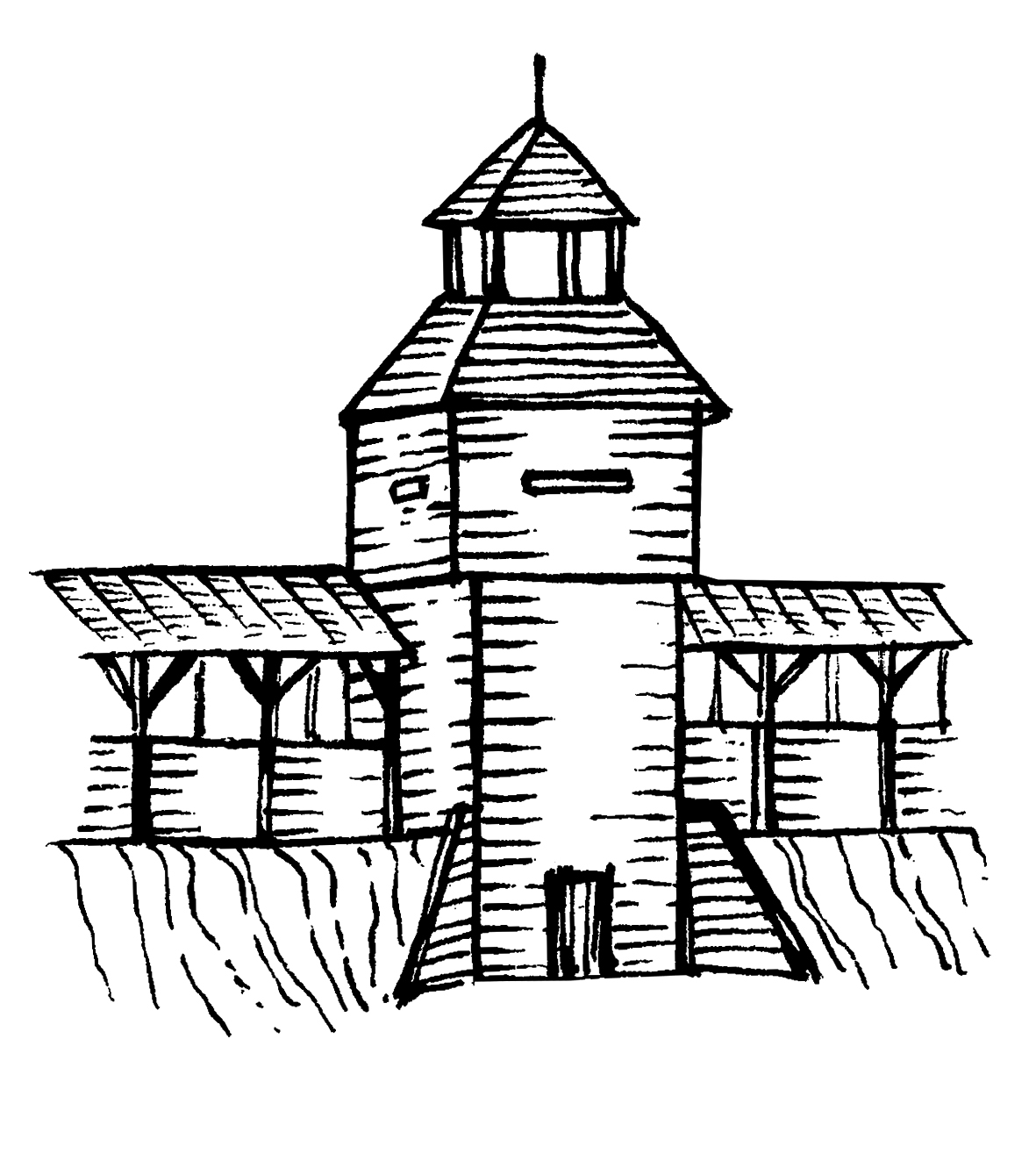
Пам’ятка археології національного значення.
Постанова Кабінету Міністрів України від 03.09.2009 № 928.
охоронний номер 160017-Н.
glynske-slovyanske-gorodyshhe-pasport-2001.pdfПам’ятка археології національного значення.
Постанова Кабінету Міністрів України від 03.09.2009 № 928.
охоронний номер 160017-Н.
glynske-slovyanske-gorodyshhe-pasport-2001.pdfФотогалерея
Gallery
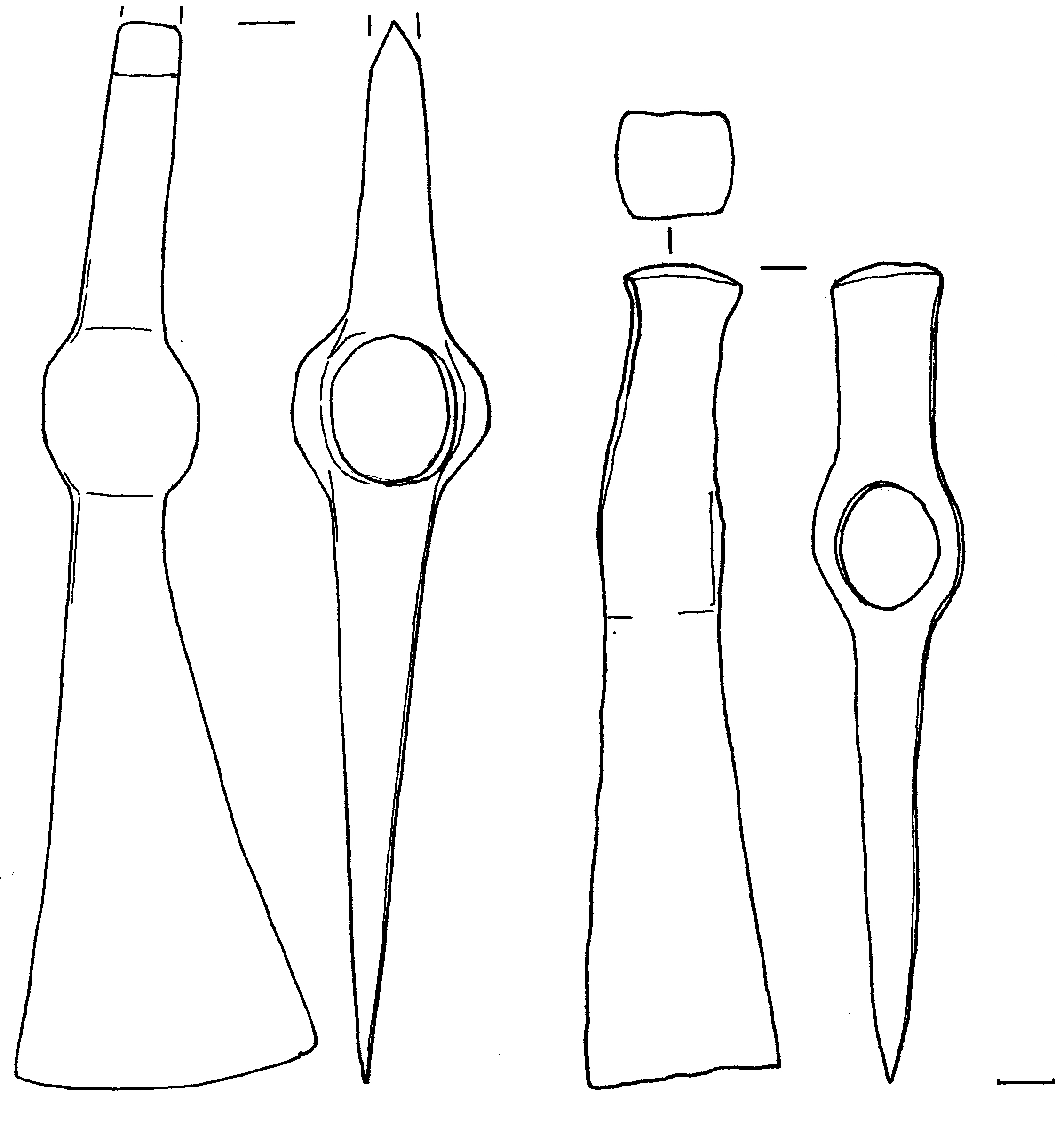
Глинське. Давньоруські бойові "клювці". Знахідка на території могильника.

Глинське. План слов'яно-давньоруського могильника.

Глинське. Вигляд на "велике" городища взимку. Фото 2002 р.
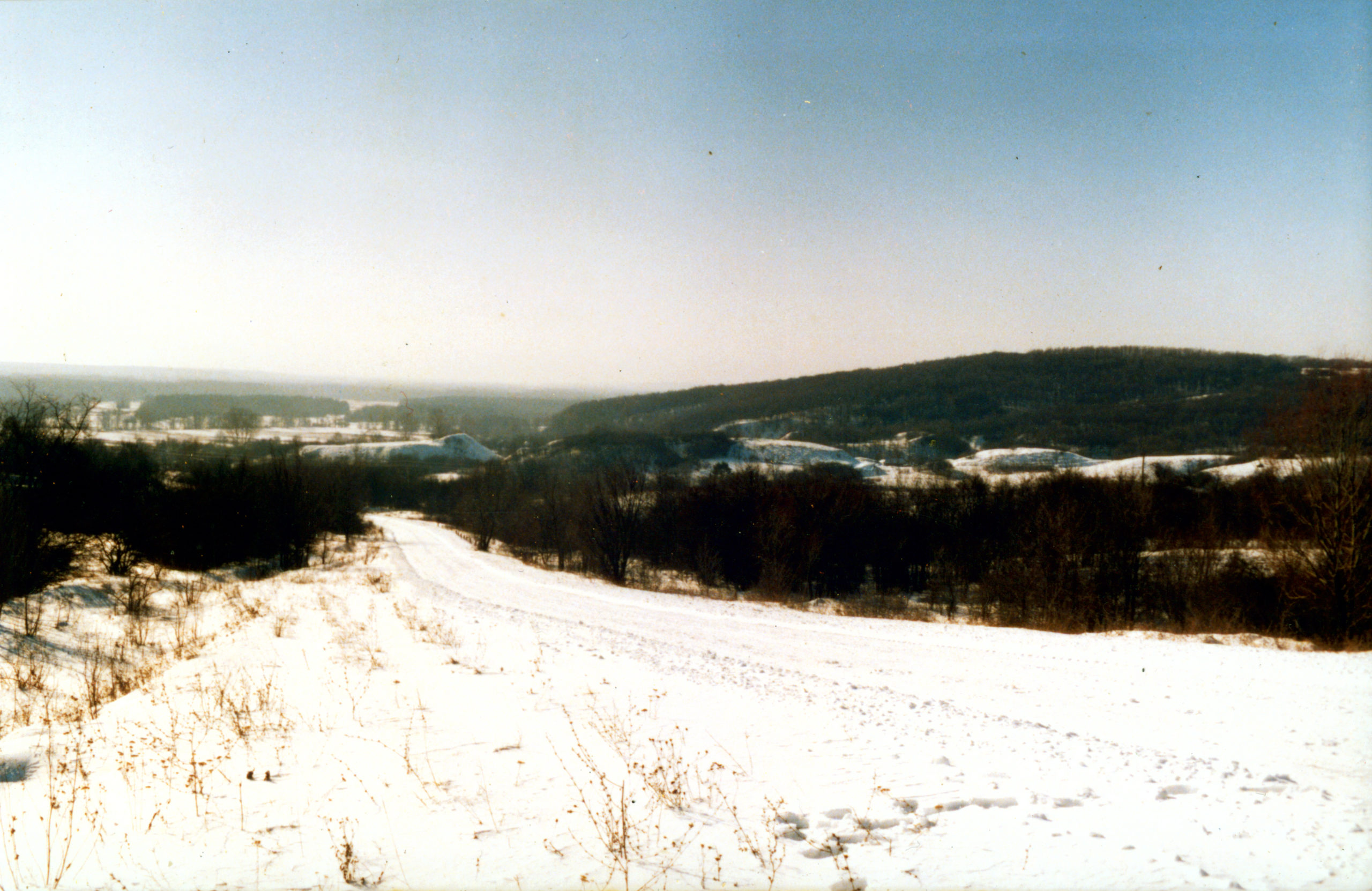
Загальний вигляд на Глинський археологічний комплекс. Фото 2002 р.
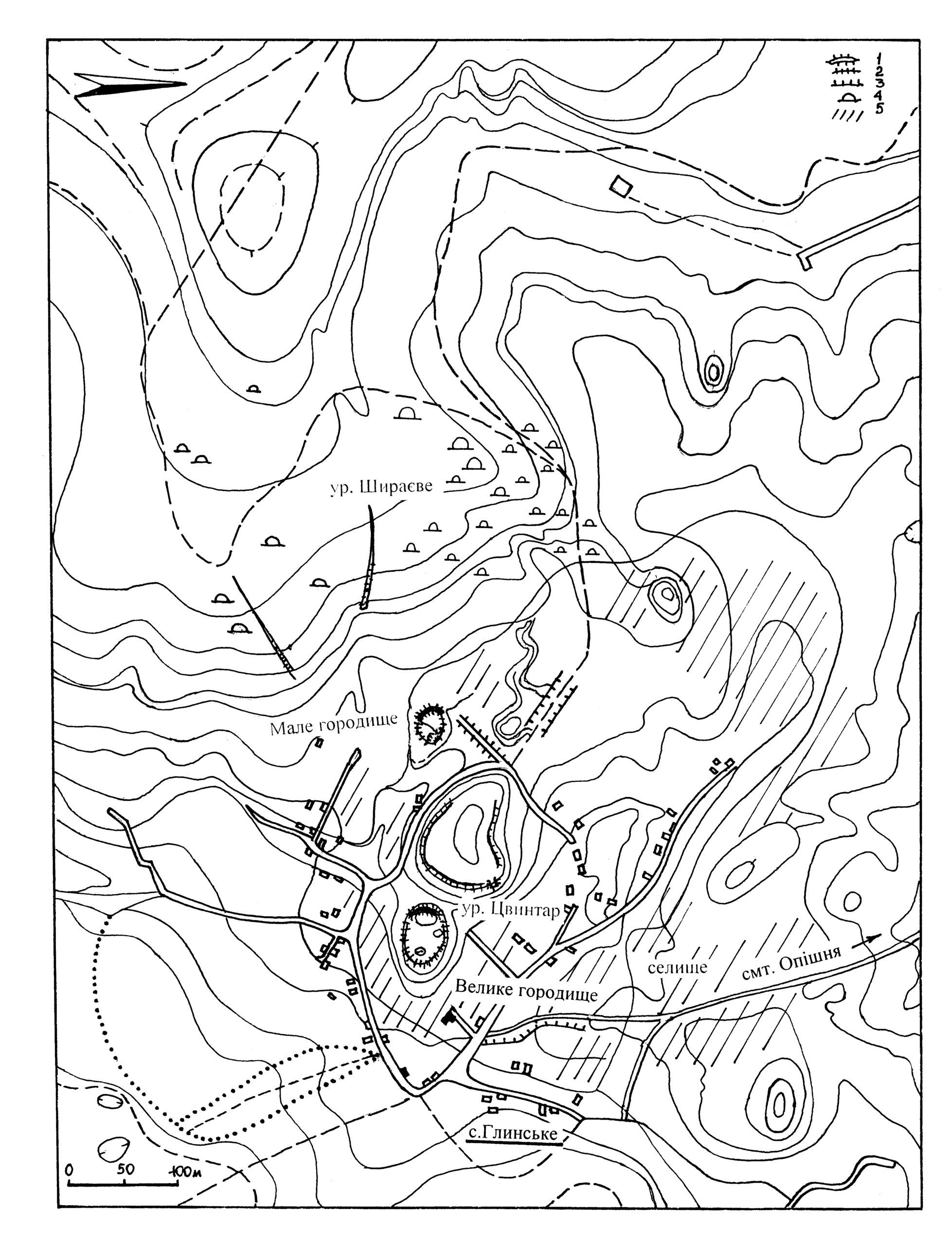
Глинське. План Глинського археологічного комплексу. Схема розміщення об’єктів комплексу. 1-2 — вали; 3 — ескарпи; 4 — кургани; 5 — територія посаду.
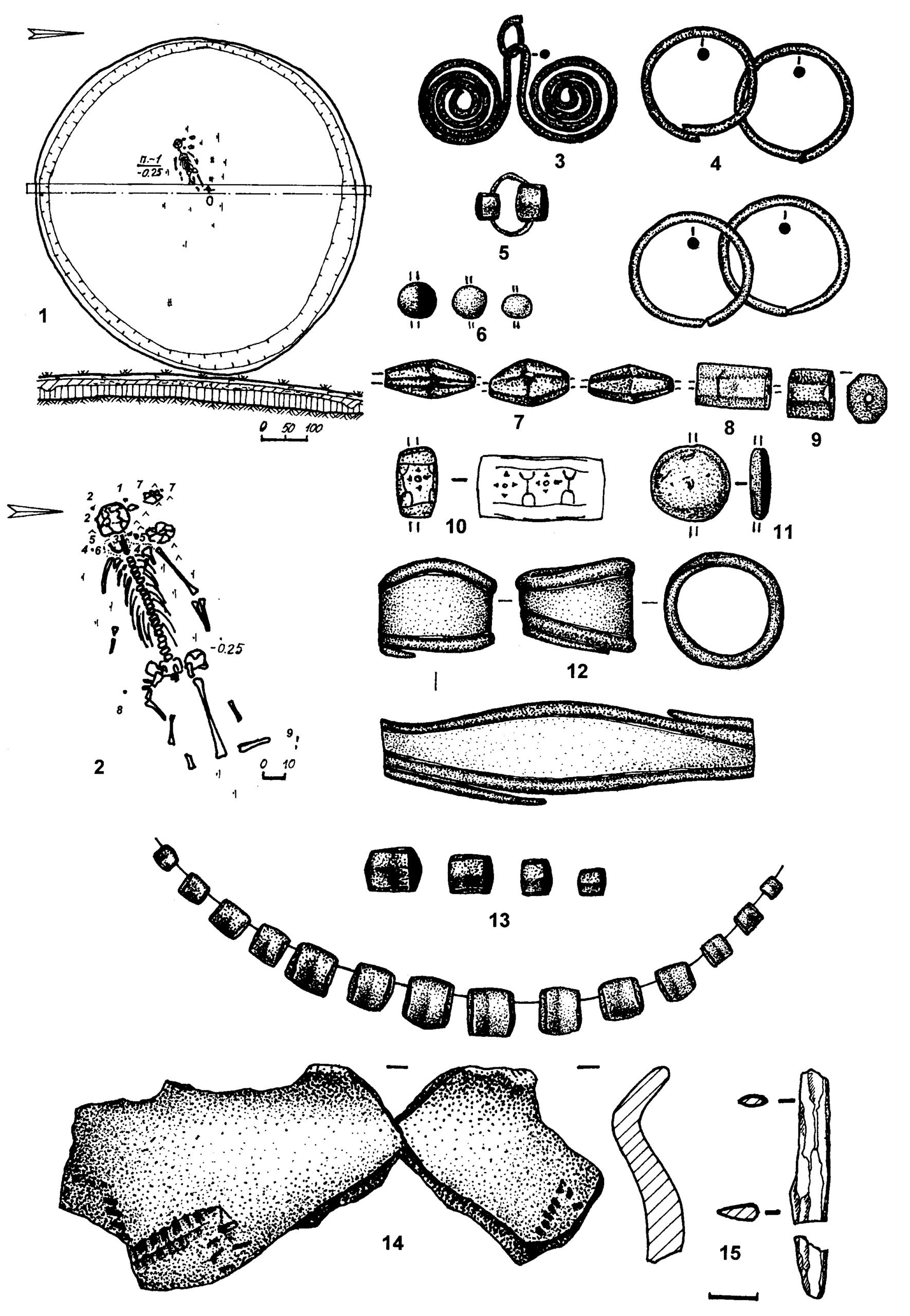
Глинське. Одне з найбагатших поховань слов'яно-давньоруського могильника. 1 — план та перетин; 2 — план поховання; 3-15 — знахідки. 3,4,12 — срібло; 5 — білон, скло, золото; 6-11 — сердолік; 13 — скло, золото; 14 — кераміка 15 — залізо